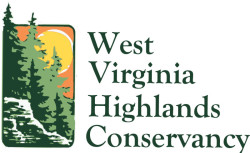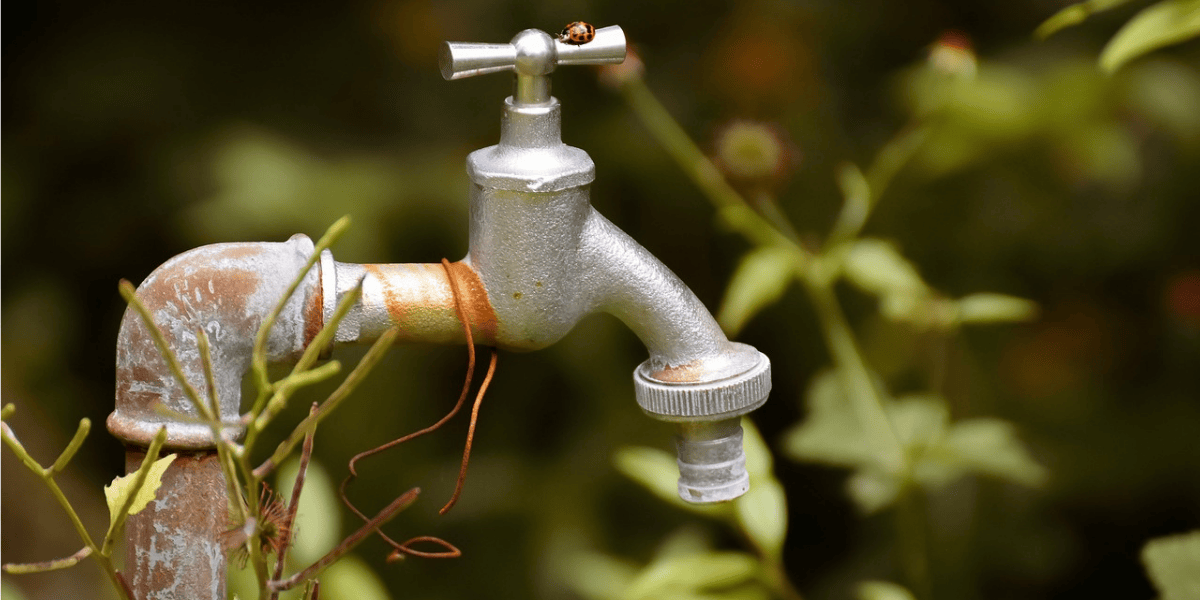By Judith Humble, Kentucky Sierra Club
In March of 2017, the Beverage Marketing Corporation, an industry consulting firm, announced that the United States has a new favorite beverage ranking in popularity over all predictable favorites: coffee, tea, soda, beer, and anything alcoholic. Their study indicated that Americans now drink more bottled water than any other packaged beverage.
Though some wellness advocates celebrated this news as indication of higher health awareness in our country, others recognized the ascent of bottled water as a major victory for American marketing. They observed that the meteoric rise of this product is due to a long campaign to convince the public that it is superior to tap water and a “need” rather than a “want.”
An article in the trade journal, Serious Eats by Robert Moss, documents stages in the marketing campaign which has taken bottled water to its top position. In his words, “First it was sold, then it was normalized, then it was commoditized, and now, it’s being enhanced.” Moss reports that with the introduction of chlorination, tap water has been safe since the earliest 20th century and that sales of bottled water were once limited. A turning point occurred in 1977, with a successful campaign by Perrier that tapped an increase in health consciousness among Americans, the decline of the 3-martini lunch, and a desire for status.
Consumption of sparkling water became normalized by celebrity testimonials like Orson Wells and Farrah Fawcett, while well-known heavy drinkers, like Richard Burton, celebrated the “clear-eyed” benefits of Perrier over alcohol at lunch, and the tantalizing purity of “spring water.” Although Perrier encountered a benzene contamination, that news was eclipsed by a 1993 outbreak of cryptosporidium (a protozoan) in Milwaukee’s water system.
Afterward, bottled water companies quickly pointed out the benefits of their advanced filtration process over chemical treatments such as chlorination and fluoridation used to treat city water, and purity rose as a selling point for bottled water.
Following the success of Perrier and early competitors, bottled water became normalized as major soft drink companies developed products like Aquafina by Pepsi and Dasani by Coca-Cola. Marketing included terms like “mountain fresh” and images of glaciers to promote water that was most likely pumped from local municipal sources.
Subsequently, exposure to competing brands taught consumers that there was minimal difference between these products, leading many savvy buyers to choose the cheapest brand. Today we see “Enhancement,” the next strategy designed to corner the market. “Enhancement” calls for minuscule additions of flavor or vitamin supplements, which promise a deeper venture into wellness and a sophisticated taste experience. While health benefits may be questionable, it must be admitted that tap water does not taste faintly of berries.
Despite numerous, well-founded criticisms of the environmental footprint, unsubstantiated claims of purity, and alleged health benefits, the success of the bottled water industry continues. For Sierrans faced with a choice of what to believe and what to consume, research clearly supports tap water as top-ranked for personal health, your pocketbook, and the environment.
Consider these facts in favor of water from the tap. If you have purity concerns, a water filter for the sink costs as little as $25.
1. Regulation:
Tap water is regulated by the EPA; bottled water is regulated by the FDA. Standards are similar.
2. Taste:
Research shows that 90% of people cannot distinguish between bottled and tap-in blindfolded taste tests.
3. Safety and Contamination:
• US tap water is considered some of the safest in the world. Addition of Fluoride protects children’s teeth. Safety can be further enhanced by adding a filter to your sink.
• Micro-plastics: Research shows that bottled water contains twice the number of micro-plastics as tap water, which is concerning given health problems increasingly associated with ingestion. Home water filters have been shown to successfully decrease micro-plastics in tap water.
• At least 50 percent of bottled water has been shown to be obtained from municipal sources, and even if it has been subjected to a filtration process, it is not rated as safer than bottled water.
4. Environmental Impact:
• Energy footprint for production, transport, and refrigeration is 2,000 times greater for bottled water.
• Manufacture of plastic water bottles creates 4 billion lbs of plastic annually.
• Production of a plastic bottle uses an equivalent of one gallon of gasoline.
• The end life of most plastics is in landfills and bodies of water, where they leach toxins over hundreds of years. Only 20 percent of plastic water bottles get recycled.
• Bottled water producers extract water from places that are running dry, including places in California with long-standing drought. This can deplete vital water supplies for nearby communities. The spring allegedly providing water for “Poland Springs” has been dry for 50 years.
5. Cost of Bottled Water Offers Convenience at a Hefty Price:
• 1 Gallon US Tap Water costs 0.005 cents.
• 1 gallon bottled water, collected from several bottles costs $9.87.
• Bottled water is not only more expensive than milk or gasoline, but 2,000 times more expensive than tap water.

